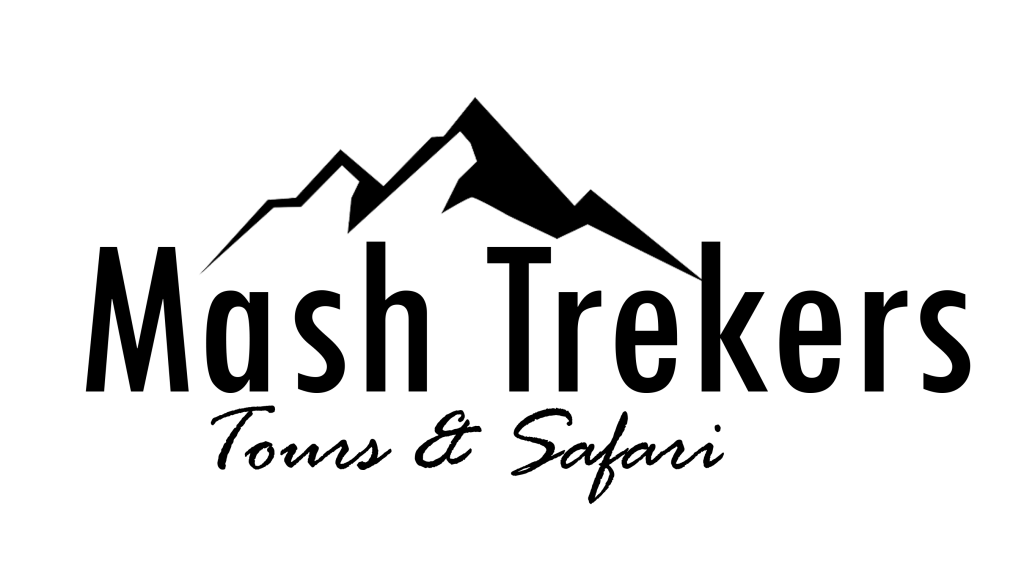7 Days Lemosho Route
The 7 Days Mount Kilimanjaro Lemosho route hike begins in Moshi. Arrive anytime at Kilimanjaro International Airport (JRO), there will be a private transfer waiting at the airport to pick you to your Hotel . All airport transfers are the part of the package, no extra fee is required. Summit Success Rates: Stella Point (95%). Uhuru Peak (90%).
Day 2: Mti Mkubwa Camp (2,650 m); 3-4 hours walking (Full board)
Day 3: Shira 2 Hut (3,840 m) 7-8 hours walking. (Full board)
Day 4: Shira 2 Hut to Barranco Camp (3,900 m.): 6-7 hours walking. (Full board)
Day 5 Barranco to Karanga (3,995m). 4 – 5 hours walking. (Full board)
Day 6: Karanga to Barafu camp (4673m) Approximately walking for about 4 hours, Day 7: Uhuru summit to Mweka camp (5895m) to (3100m) Walking approximately 13 hours
Day 8: Mweka Gate (1,650 m), 4-6 hours walking
Day 9: Departure day
The Lemosho route is one of the most scenic pathways to the summit of Mount Kilimanjaro, offering a longer route that allows for better acclimatization and higher success rates. It generally takes 7 to 8 days to complete. Here’s a detailed 7-day itinerary for trekking Mount Kilimanjaro via the Lemosho route:
Day 1: Arrival at Lemosho Gate to Mti Mkubwa Camp
- Elevation: From 2,360m to 2,895m
- Distance: 6 km
- Trekking Time: 3-4 hours
- Habitat: Rainforest
You’ll start the day at the Lemosho Gate, where you’ll complete entry formalities. The drive from Moshi/Arusha takes about 2-3 hours. The walk on this first day is through dense rainforest, which is home to a variety of wildlife, including monkeys. You’ll reach Mti Mkubwa (Big Tree) camp in the early evening, where you will spend your first night on the mountain.
Day 2: Mti Mkubwa Camp to Shira 1 Camp
- Elevation: From 2,895m to 3,505m
- Distance: 8 km
- Trekking Time: 5-6 hours
- Habitat: Moorland
The day begins with a steady climb up to the edge of the Shira plateau. The trek is through moorland, a stark contrast to the rainforest from the day before. This plateau offers a first chance of seeing Kilimanjaro’s summit. You’ll camp at Shira 1 Camp, where the views start to open up and the landscape becomes more arid.
Day 3: Shira 1 Camp to Shira 2 Camp
- Elevation: From 3,505m to 3,850m
- Distance: 7 km
- Trekking Time: 3-4 hours
- Habitat: Moorland
Today is a relatively easy day meant for acclimatization. You’ll hike across the Shira plateau, which is one of the highest plateaus on earth. The walk takes you through stunning landscapes with panoramic views. Arriving at Shira 2 Camp early will allow additional time for acclimatization and relaxation.
Day 4: Shira 2 Camp to Barranco Camp via Lava Tower
- Elevation: From 3,850m to 4,600m (Lava Tower) down to 3,960m
- Distance: 10 km
- Trekking Time: 6-7 hours
- Habitat: Semi-desert
This day involves a walk up to the Lava Tower at 4,600m for acclimatization before descending to Barranco Camp. This ascent and descent are critical for acclimatization and will help your body prepare for the summit day. The Barranco Camp is situated in a valley below the Barranco Wall, providing spectacular views of the Western Breach and the eastern ice fields on the summit.
Day 5: Barranco Camp to Karanga Camp
- Elevation: From 3,960m to 3,995m
- Distance: 6 km
- Trekking Time: 4-5 hours
- Habitat: Alpine desert
The day starts with a challenging trek up the Barranco Wall. Though technically the simplest climb on the route, it may be daunting for some. Once atop the Wall, the trail traverses up and down the valleys which lead to Karanga Camp. This day is shorter but important for acclimatization.
Day 6: Karanga Camp to Barafu Camp
- Elevation: From 3,995m to 4,673m
- Distance: 4 km
- Trekking Time: 4-5 hours
- Habitat: Alpine desert
The trek to Barafu Camp involves a climb through barren landscape with expansive views in all directions. Barafu Camp is situated on a rocky, exposed ridge. Trek preparations for the summit day are made here, including an early dinner and getting a good night’s rest.
Day 7: Barafu Camp to Uhuru Peak to Mweka Camp
- Elevation: From 4,673m to 5,895m (Uhuru Peak) down to 3,100m
- Distance: 5 km ascent + 12 km descent
- Trekking Time: 7-8 hours ascent + 4-6 hours descent
- Habitat: Arctic
Summit day begins around midnight, with the aim to reach the summit by sunrise. The climb is steep and slow. The route leads you to Stella Point on the crater rim and then to Uhuru Peak, the highest point in Africa. After reaching the summit, you’ll descend to Barafu for a short rest and continue down to Mweka Camp for your final night on the mountain.
Day 8: Mweka Camp to Mweka Gate
- Elevation: From 3,100m to 1,640m
- Distance: 10 km
- Trekking Time: 3-4 hours
- Habitat: Forest
The final descent takes you through the forest to the Mweka Gate, where successful climbers receive their summit certificates. From the gate, you will continue to the Mweka village (Kijiji) where you will have lunch together with your guides and a vehicle will be waiting to take you back to your hotel in Moshi or Arusha.
This itinerary is a thorough exploration and offers a good balance of challenge and acclimatization for climbers, which leads to a high success rate. Remember, every climber’s experience can be quite different based on individual preparation, conditions, and the mountain’s unpredictable nature.
When planning on a seven days climb to Kilimanjaro, t’s essential to consider both inclusions and exclusions to ensure a smooth and enjoyable experience. Here’s a breakdown of what is include and what is exclude:
Inclusions:
Park Fees and Permits:
- Entrance fees to Kilimanjaro National Park.
- Camping fees for designated campsites along the route.
- Rescue fees (mandatory).
Professional Guides and Porters:
- Experienced guides familiar with the chosen route.
- Porters to carry group equipment, food, and personal gear.
- Cook(s) to prepare meals during the trek.
Accommodation and Meals:
- Tents for accommodation during the trek.
- All meals (breakfast, lunch, dinner) prepared by the cook.
- Drinking water (boiled or treated) throughout the trek.
Transportation:
- Transfer from the hotel to the Kilimanjaro National Park gate.
- Transfer back to the hotel after completing the trek.
Safety Equipment:
- Emergency oxygen cylinders.
- First aid kits.
Camping Equipment:
- Tents, sleeping pads, and sleeping bags.
Acclimatization and Safety:
- Well-planned itinerary with gradual altitude gain for better acclimatization.
- Emergency evacuation plan in case of altitude sickness or other emergencies.
Briefing and Orientation:
- Pre-climb briefing by the tour operator or guide.
- Orientation on trekking etiquette and safety guidelines.
Exclusions:
Personal Gear:
- Personal trekking gear such as clothing, hiking boots, and trekking poles.
- Personal medical supplies and medications.
Travel Insurance:
- Comprehensive travel insurance covering medical emergencies, trip cancellation, and evacuation.
Tips and Gratuities:
- Tips for guides, porters, and other support staff (customary but not mandatory).
Extra Services:
- Optional services such as rental equipment (e.g., sleeping bags, trekking poles).
- Additional hotel stays or activities before or after the trek.
Meals and Beverages Outside the Trek:
- Meals and beverages outside the trekking itinerary (e.g., meals at the hotel before and after the trek).
Personal Expenses:
- Souvenirs, snacks, and other personal expenses during the trek.
Visa Fees and International Flights:
- Visa fees (if applicable) for entry into Tanzania.
- International flights to and from Tanzania.
It’s crucial to clarify these inclusions and exclusions with your chosen tour operator or trekking company before booking your Kilimanjaro trek. Additionally, make sure to inquire about any specific requirements or recommendations based on your individual needs and preferences.
- +255 659470977
- info@mashtrekers.com
- Call +255 746479684

